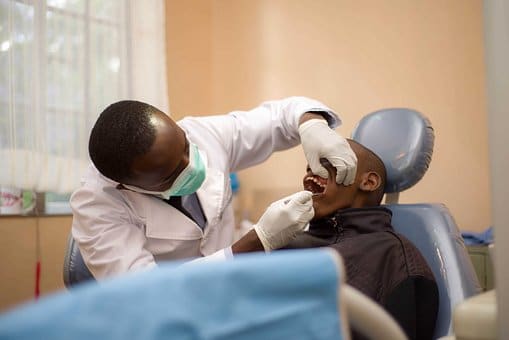Runner’s knee, which commonly affects athletes around the globe, refers to kneecap pain caused by overuse or injury; also known as patellofemoral pain syndrome, this problem often stems from improper alignment between hips and ankles.
Runner’s knee is not limited to athletes – it can affect anyone engaging in intensive physical activities, like running and jumping, on an ongoing basis.
Here are a few conditions that cause kneecap pain:
Iliotibial band syndrome, patellofemoral malalignment, anterior knee pain syndrome and Chondromalacia patellaschadigung all increase risk for runners knee, as do fractured kneecaps and chronic diseases such as Arthritis. Many people mistakenly think runner’s knee to be an isolated issue when in reality it refers to pain from any number of sources in the knee joint itself.
So if you bend your knees frequently in daily activities or perform high-impact moves during workouts, then you may end up experiencing runner’s knee in the future.
At first glance, “runner’s knee” may sound like it only affects runners; however, that is far from accurate; any physical activity which places stress on your knee joint could potentially cause it.
Common symptoms of Runner’s Knee include dull pain around the kneecap, which worsens during walking and running activities and which increases when climbing stairs. Climbing stairs also aggravates this problem.
Pain that worsens upon standing from a sitting position
Pain that worsens after prolonged sitting
Runner’s Knee can prevent you from engaging in your favorite activities; so it is critical that you take excellent care in strengthening them to withstand physical exertion. One way of doing this is through focused strengthening exercises.
Ways of Preventing Runner’s Knee
1. Shed Your Extra Pounds
Being overweight increases your risk for runner’s knee; therefore if your weight exceeds what it should be then taking steps to lose it could reduce it and potentially help ward off conditions like osteoarthritis, gout, diabetes, high blood pressure and respiratory illnesses such as asthma. If this fails then further complications could ensue including osteoarthritis, gout diabetes high blood pressure respiratory illness runner’s knee
People with excess bodyweight also face increased risks for various forms of cancers, according to The New York Times: “American adults continue to put on weight, with nearly 40% obese in 2015 and 2016 – a sharp increase from 10 years earlier, federal health officials announced Friday”.
According to new data released Friday by JAMA, 7.7 percent of American adults were severely obese during that same timeframe.
So if you want to stay clear of obesity-related health conditions, take steps now to lower your weight.
2. Integrate Warm-Ups
To get your body prepared for intense physical activities and increase flexibility at the beginning of any workout session, warm-ups with specific moves designed to strengthen flexibility are a must. A 5-to-6 minute warm-up session should do enough to prepare it for longer runs.
3. Seek The Assistance Of A Trainer
Professional athletes should always seek guidance from an experienced trainer when exercising for sport. Your trainer will teach specific moves suited to your profession that will not only increase fitness levels and productivity but also decrease risks such as knee, hip, and ankle injuries.
Best of all, your trainer provides constant motivation that prevents you from missing your workout sessions.
4. Select The Appropriate Running & Workout Shoes
To avoid runner’s knee, it is crucial that runners and workout athletes select running and workout shoes with sufficient support that provide proper cushioning and cushioning for running and workout activities. A great pair of running or workout shoes may save them from other running injuries that could impede performance and could end up harming performance overall.
Running injuries can keep you away from practicing, which affects both performance and mental peace. To maximize efficiency and improve results, ensure that the proper running/workout shoes are used.
5. Strengthen Your Muscles
Achieing strong muscles is integral to staying healthy. By performing specific moves designed to strengthen thigh and core muscles, you can prevent sports-related injuries such as runner’s knee.
As well, make sure that you avoid running on hard surfaces.


















+ There are no comments
Add yours